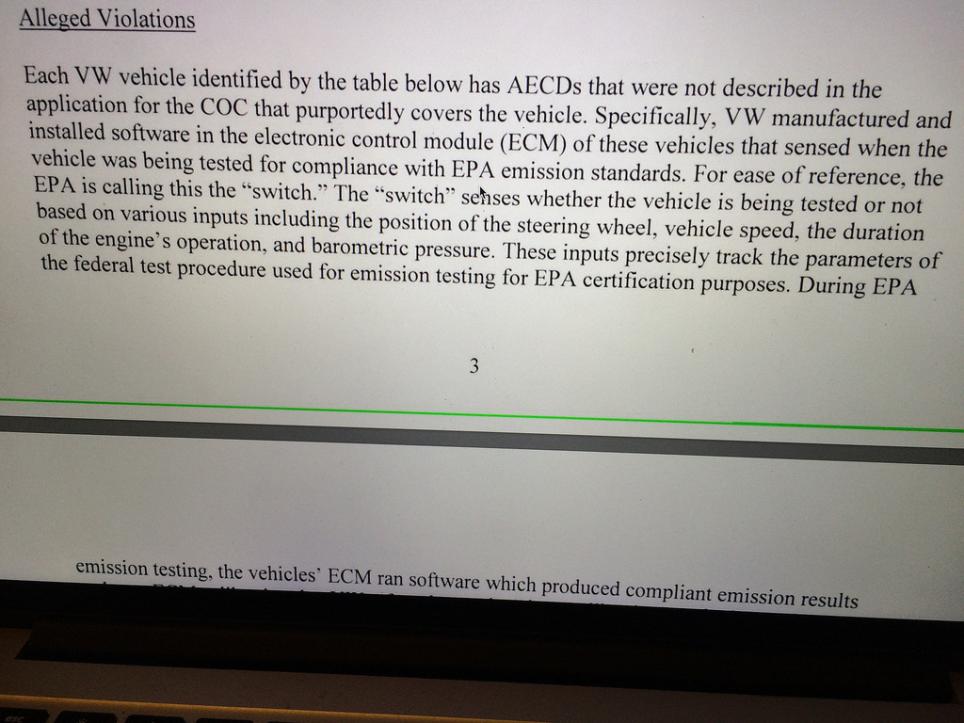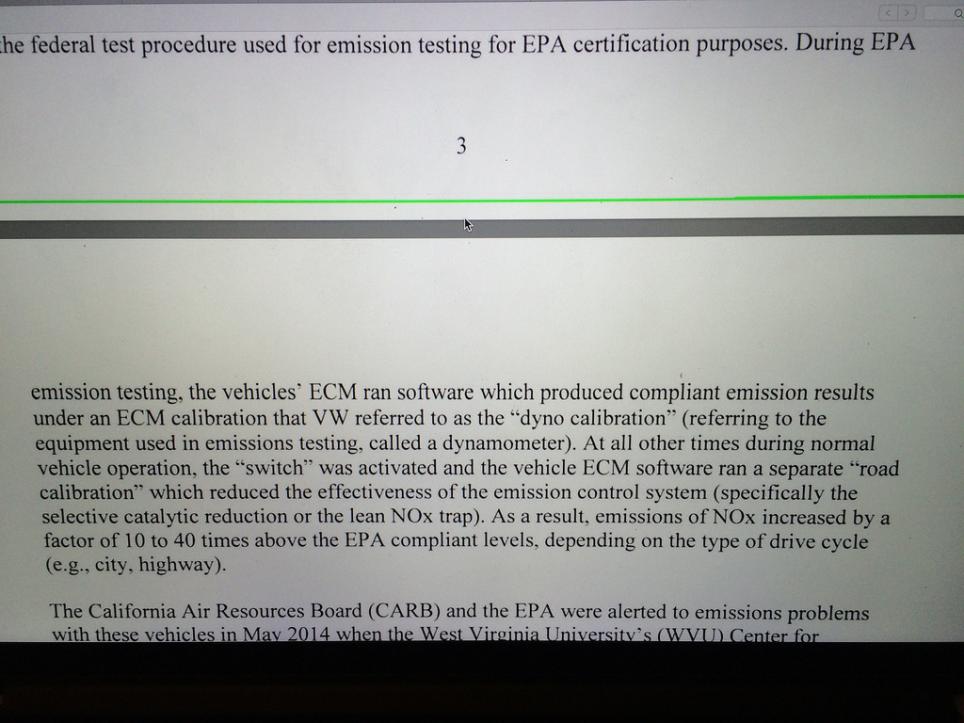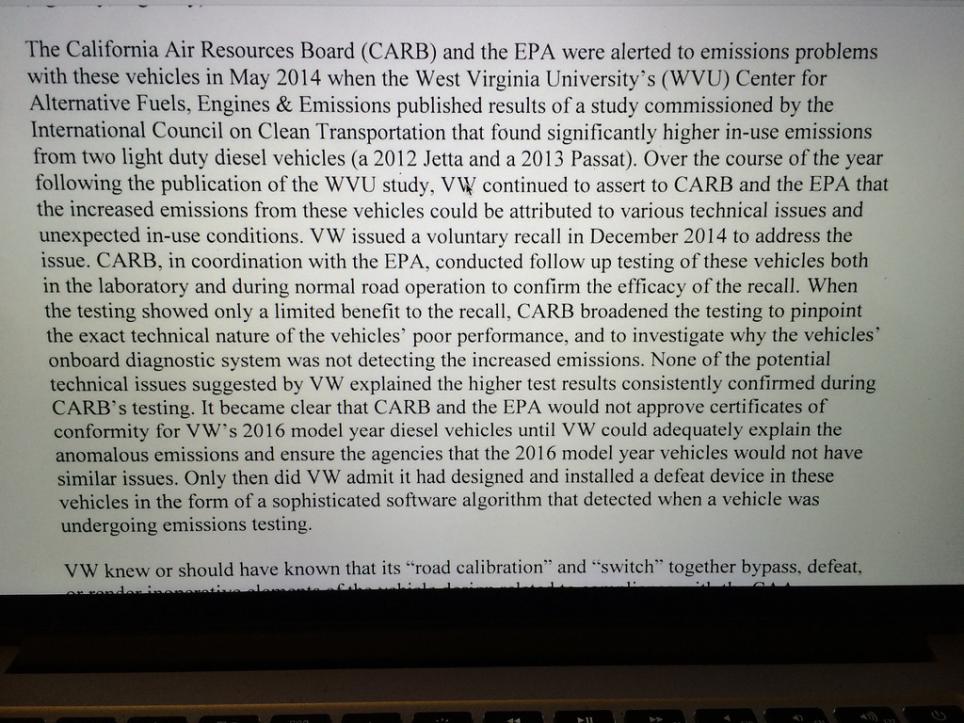Originally posted by Rawcpoppa
View Post
You see that you fail to understand is that the drive cycle test is NOT the same as driving a vehicle on the open road. Your statement "if the car was driven the same way as the test is except on the open road if fails the test" is simply NOT the case.
There is NO correlation between the drive cycle and the on-road test.
The researchers came up with what THEY considered to be an equivalent test, although there is no data that have provided to back that test up. Take a look at the official drive cycle. It has speeds up to 120 km/h.
Next, VW did NOT feed false data to during the official test. Again, the vehicle being tested does NOT feed ANY data to the test equipment. The test equipment measures tailpipe emissions. It does not accept any data from the test vehicle.
Lastly, the emission levels of the official test are NOT what a vehicle (ANY VEHICLE) is expected to achieve in-service. It never was intended to show what the maximum level would be achieved in-service.
Maybe it needs to be stated again.
In the very early 1970s, the California EPA decided to come up with a drive cycle to standardise emission testing. They instrumented a number of vehicles that matched the vehicle fleet in California and recorded speed and time. All the data was gathered and based on this, a unified drive cycle was developed. The dynamometer load was then adjusted based on the weight of the vehicle being tested.
Having established the cycle, tailpipe emissions were then measured with the vehicles operated on the now official cycle, and a maximum value of the various emissions were measured. These levels were then lowered in stages. There was never an assumption that in-service, similar emission levels would be achieved. The argument was that a reduction in the official test would see a reduction in-service, and this is what the purpose of the tests and emission laws were.
This was all done when we had carburettors and simple ignition/injection systems. There was not a computer to be seen in cars, let alone in homes. As a result, the fuel and ignition parameters were consistent across the range of operation.
We now have multiple computers taking inputs from dozens of sensors that change the engine parameters almost continuously. Despite this, the regulations have not changed. The definition of a "defeat device" would cover every vehicle from every manufacturer because ALL vehicles now have computers that control the engine, and the parameters used to operate on the official cycle are not necessarily the same parameters used in-service without any variation.
There has been a lot of mis-information put about with absurd suggestions that GPS was used to indicate the vehicle was not moving, and atmospheric pressure (haven't figured this one out), and somehow, the vehicle "feeding false information" while being tested.


 . No offence intended to any Volvo owners out there!!
. No offence intended to any Volvo owners out there!! 







Comment